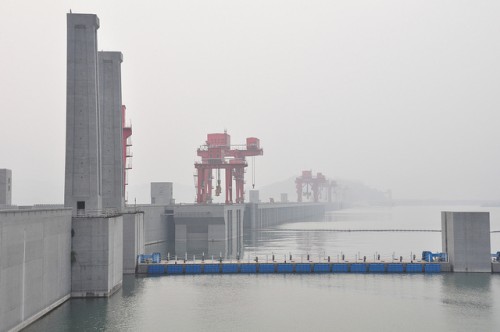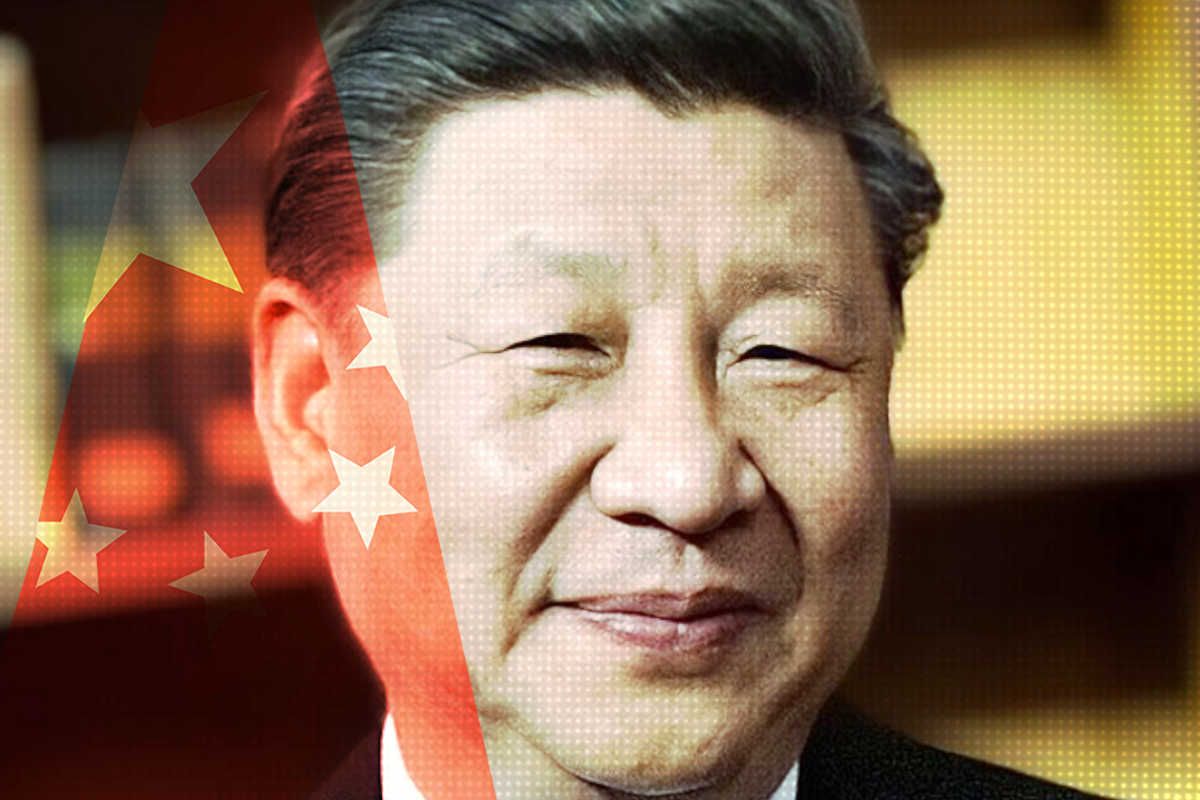On July 21, The Paper, an online news site based in Shanghai, ran a series of reports on the Three Gorges Dam, taking a comprehensive look at the social and environmental impact of this massive engineering project. The process of investigation for the series alone was the work of at least a full year, but after just seven hours online the series was pulled down by the authorities. As an official news outfit, The Paper certainly must have considered the challenges of managing political risk for such a topic. And yet, however that risk was calculated, there was no escaping the ultimate sensitivity of this issue.
The Three Gorges Dam is the biggest engineering project of its kind in China, and indeed in the world. The source of constant, yet mostly hidden, controversy at home, it is probably also the world’s most controversial dam project. Through much of the history of modern China, the project held attraction and courted controversy. One of the earliest advocates of the proposed dam project was the first president of the Republic of China, Sun Yat-sen. In the next generation, Mao Zedong was similarly a great advocate. Neither leader actually attempted the project, however. Not just because China had limited national resources at the time, but because the associated risks were difficult to fully assess.

The Three Gorges Dam finally made it onto the agenda in the 1980s, when it met with staunch opposition. Therefore, it was not until 1992, with Li Peng serving as Premier of the State Council, that the project was finally given the green light by the National People’s Congress.
China’s leadership made many beautiful promises in order to convince the Chinese people of the wisdom and necessity of the Three Gorges Dam. They insisted the project would bring vast improvements to flood control, hydroelectric capacity and shipping. Today, years after the project’s completion, these pledges remain largely unrealised. The promise that 10,000-ton vessels would be able to travel upstream from Wuhan to Chongqing, or that national power shortages would be a thing of the past, have proven little more than wishful fictions. In these later years, managing expectations, the government has suggested that the principal goal of the project was always flood control. And yet this too is a distraction from the facts. In 1998, the year after completion of the first phase, there were massive floods along the Yangtze. Again in June 2011, one month after the State Council formally announced the completion of the Three Gorges Dam, there was serious flooding along the downstream reaches of the river.
Alongside these failed promises has come greater and greater recognition of the (greater and greater) destructiveness of the dam itself — its ongoing impact on the climate, on the geological integrity of the area, and on the natural ecology, to say nothing of the relocation of millions of people and the destruction of countless historical sites. In recent years, the project has also been touched by scandal, including the exposure in February 2014 of corruption within the China Three Gorges Corporation.
For all of these reasons, the controversy surrounding the Three Gorges Dam has never rested. Certainly, controls on the media have ensured that voices of criticism are a raging undercurrent. But from time to time, these voices have surfaced, giving us a glimpse of the very real concerns involved. In 2011, for example, the Transition Institute, a Beijing-based independent think tank that has since been targeted by the authorities, ran a report by its founder, Guo Yushan, under the headline: “The Three Gorges Dam Will Very Possibly Come to Constitute a Major Disaster.”
The recent series from The Paper was quite possibly attempted because editors felt confident that the destructiveness of the Three Gorges Dam was a topic on which there was some level of consensus both inside and outside the system — and that the political risk, therefore, was minimal.
The facts now suggest The Paper miscalculated the risks. There is, without a doubt, some level of broader consensus over the destructiveness of the Three Gorges Dam. But The Paper‘s practical error was to underestimate the real political interests that remain behind the dam, and consensus does not necessarily translate into the level of political power needed to balance against these interests. You might say that the very existence of the Three Gorges Dam depends on the current political system, and while there is plenty of consensus too on the destructiveness of the system, this consensus does not prevent it from standing tall.
In fact, to a great extent the Three Gorges Dam is the most apt metaphor for China’s political system. The project is a product of systemic logic of the Chinese political system. It is a logic of supreme human dominance, in which nature exists only to be mastered by the directed wills of men. Put another way, the Chinese system is itself a kind of political Three Gorges Dam. Just as the dam stands in the face of nature, seeking only to constrain it, the political system fails to recognise society as another form of nature, requiring self-organisation, self-regulation, self-adjustment and self-improvement, as opposed to forceful, active shaping by political men.
Just as the success of the Three Gorges Dam is judged on the basis of how effective it is in taming nature, so is the success of China’s political system judged on the basis of how effectively it masters and contains society. This is not just about the containment and control of material interests, but also of social rights, moral resources and social credit. This system, a colossus of highly centralised control, is like the Leviathan about which Thomas Hobbes wrote in the 17th century. But today, as openness, diversity, self-reliance and open collaboration and sharing increasingly become the defining global values, this Leviathan looks more and more like those dinosaurs of old — a creature unseemly and absurd.
Our system is so rife with problems. And yet, and this is the most absurd thing of all, we are all uniformly helpless to deal with it. Sure, all systems in autocratic and authoritarian countries are Leviathans in their own ways. But just as none of these countries has ever managed a colossus to match the Three Gorges Dam, so have none ever managed to create a system as colossal as China’s, a system so massive it cannot be toppled. Just as the Three Gorges Dam is unique to China, China’s political system is unique.
The Three Gorges Dam must be dismantled, and China’s political system must be changed. That these days will come is beyond question, and the sooner the better. But the tougher question is how they are to be dismantled.
China’s political system is a monster on which a crucial number people in China have come to depend. According to official statistics, an estimated 57 million people in China were provided for by state finances in 2009 alone. Today, of course, that number would be even higher. National membership in the Chinese Communist Party now stands at around 87 million. And these numbers give us only a bare estimate of those benefitting directly from the patronage of the system. Meanwhile, those who do not enjoy the system’s patronage live under constant threat from the system, which legitimises the violent repression necessary to its self-preservation.
Herein lies the true complexity of China’s problems, the real conundrum facing meaningful transition, and also the true nature of so-called “Chinese characteristics.” The dismantling of the Three Gorges Dam would require relocation of tens of millions of people along the lower and middle reaches of the Yangtze River. The dismantling of the current political system would similarly require an appropriate action plan making arrangements for further tens of millions.
The dismantling of these leviathans will require not just ingenuity, expertise or scientific know-how, but a great reserve of human spirit. Both will be matters, sooner or later, of global urgency.
This article was translated from the Chinese original, first published at Storm Media on July 28.





















